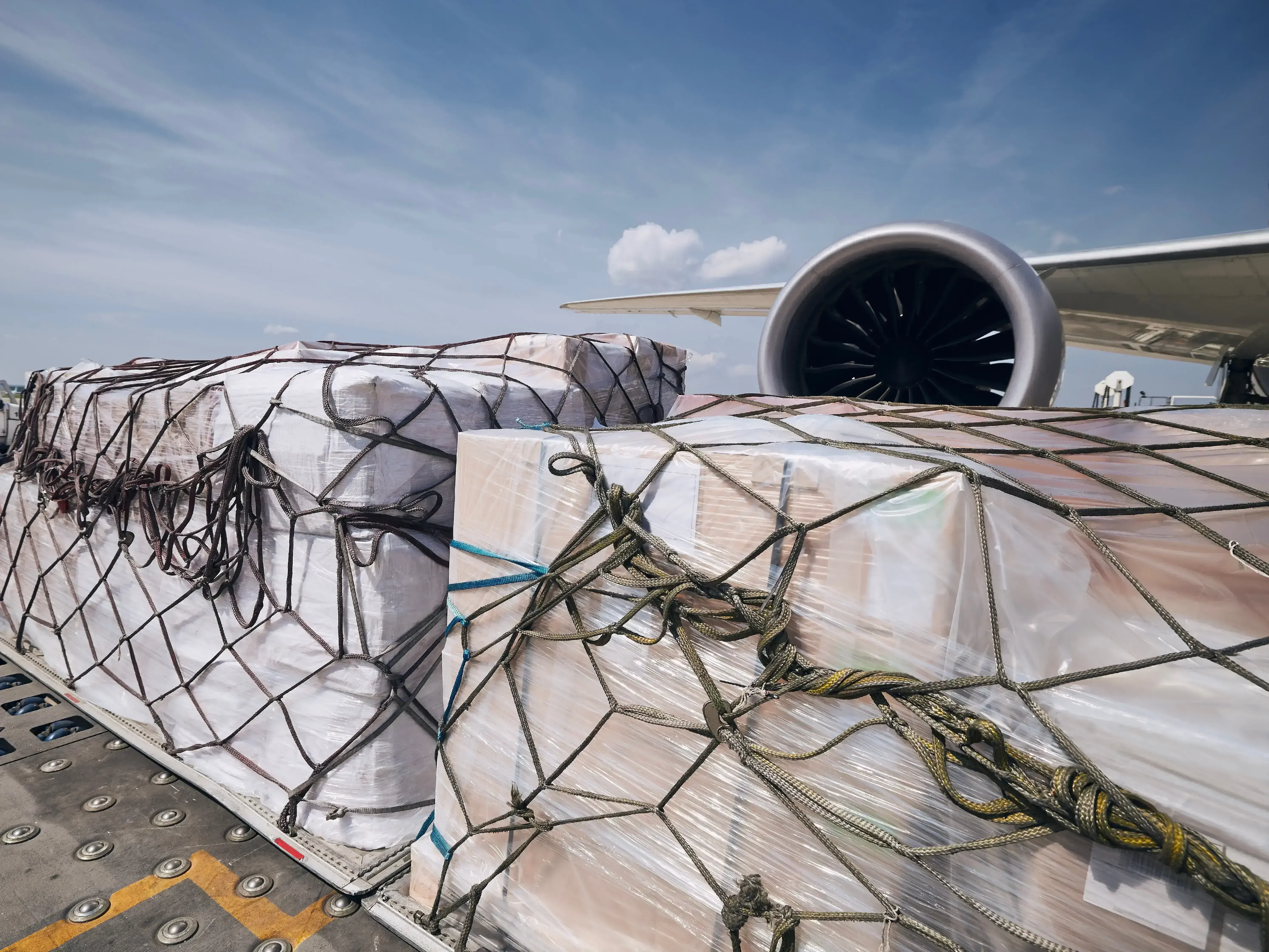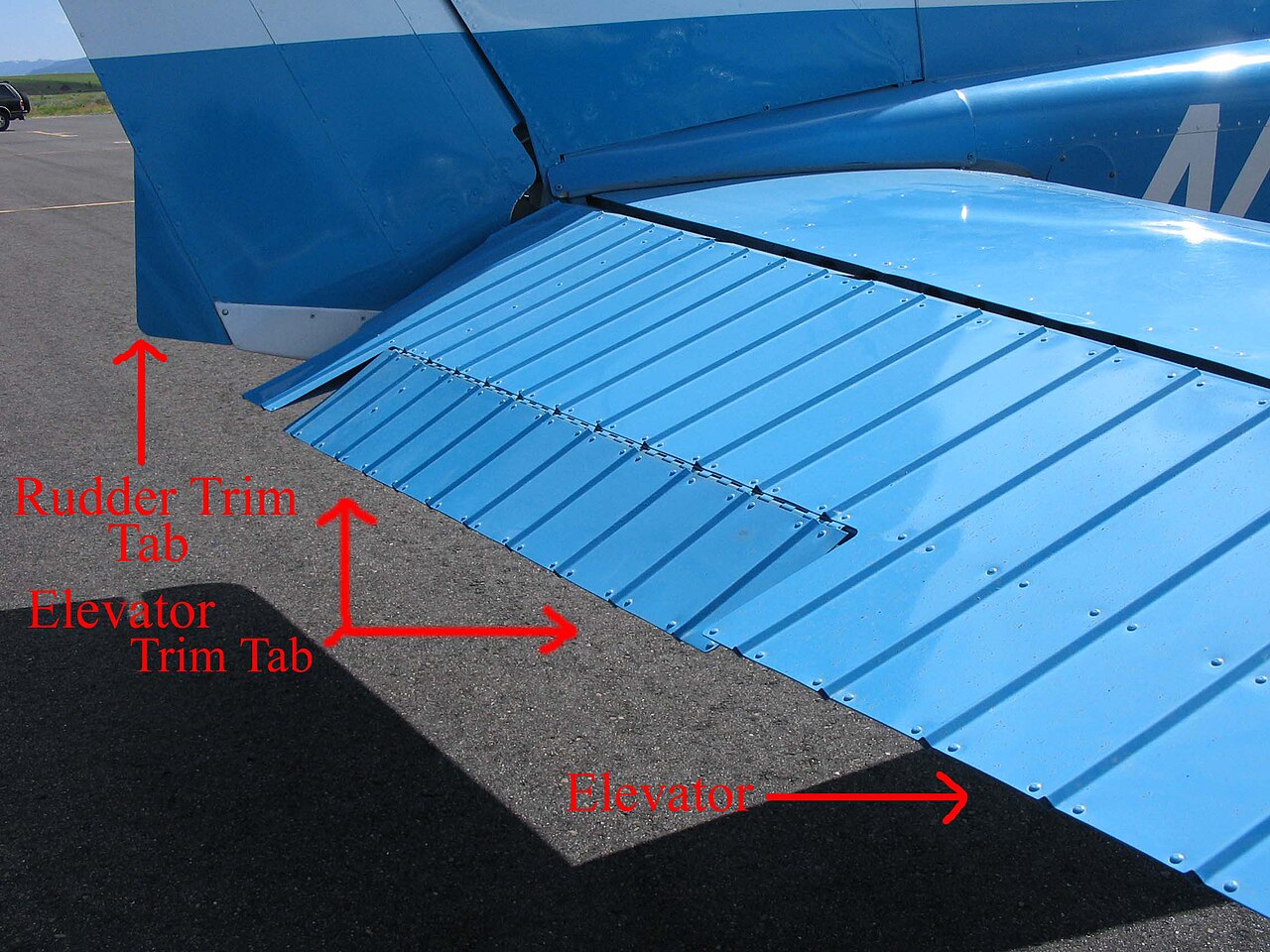Trim Aircraft - Members do more, learn more, save more - get more from being a pilot - CLICK HERE
My flight instructor always played with the trim wheel. It was located above the console, between our seats with the black fender arches. When I turned it up, it changed the height more than the nose, and when I turned it down, it was the opposite. I understood that he was doing the right thing to keep us on level ground, but that made me uncomfortable and contributed to my understanding of etiquette.
Trim Aircraft

Factors such as wind, power settings, airspeed and attitude affect the control inputs required by the pilot and can lead to overcompensations or constant, exhausting pressure on the controls. The ability to adjust trim and relieve control pressure should always be a stress reliever for the patient educator. Changing the trim tab setting adjusts the neutral position of a control surface, such as an elevator or rudder. The trim tab allows its operator (in this case my flight instructor) to reduce the manual input required to maintain position.
Test Flying The Trutrak Eco Autopilot
The main trim tab is attached to the rear edge of the aircraft lift. The lift trim is adjusted by turning the small black wheel forward (up) and the nose of the airplane goes down. Flip it back and the nose of the plane will lift. Some airplanes have rudder trims that can be used to compensate for the airplane's tendency to veer to the left or to adjust the tendency to pull in one direction while cruising.
A colleague told me that his Piper Cherokee 140 had a wheel and when she and her husband tried to turn it on their first flight, "Now, what are you doing?" However, she was too busy to explain, as she was used to the soft landing on him. With the proper use of trim tabs, you can look like a no-nonsense operator as well as a novice pilot.
The venerable P-51 Mustangs were equipped with a long-range fuel tank behind the cockpit to allow them to cross the Atlantic Ocean during WWII. The original design of the P-51 was not built to support that much weight in the fuselage, so the trim had to be adjusted forward during the first part of flight and gradually retracted as fuel ran out. This prevented excessive drag and excessive fuel consumption due to the high nose position as the P-51 made its way towards Europe.
Julie Summers Walker joined in 1998. She is currently working as a solo pilot. Members Learn more. Learn more.
Just A Trim
Most Trim Tip / Trim tabs are called servo tabs and move in the opposite direction of the main control surface it affects. lift up (as in climbing) - trim tab moves down. Lift down (as in landing) - the clipping tab moves up. The picture shows the anti-servo tab driven by the elevator.
Trimming allows the pilot to fine-tune the flight position so that it can be maintained in manual flight. This provides a better ride for the passengers and relieves the pilot's workload. The magic of pitch trim is that after your instructor trims, your airspeed won't change until you readjust.
It's about touch. A pilot who understands trim will wait for the airplane to stabilize in the desired flight position (for example, straightening at 100 knots cruise after takeoff) before trimming. A skilled trimmer doesn't always play around with trimming controls when audio degradation messes things up. Conversely, the pilot allows the natural stability of the airplane to recover from the reduced position. This design feature allows the pilot to perform other tasks that help avoid excessive control and also prevent pilot fatigue.

Step One: Level Off Lower the altitude until the rate of climb is zero. This requires maintaining forward pressure on the yoke. Let the plane accelerate to cruising airspeed. Increase yoke pressure as needed (as the aircraft is cut off for climb rate, not cruise); maintain an altitude attitude that maintains level flight. In a fixed propeller airplane, the spin speed increases at this stage. If maintaining enough forward pressure is difficult, some trim can be used to control positive pitch (but that's not the ultimate purpose of trim, as you can see).
Syberjet Expects Early 2021 Deliveries Of Sj30i
Step Two: Adjust Power As airspeed approaches the desired cruise speed, adjust the rpm or manifold pressure to the value recommended by your performance chart for the desired cruise speed. Be patient at this stage. Let the airplane accelerate to a steady cruising speed before proceeding to the next step.
Third Step: Add and Configure. Apply the gold in small but firm steps until your hand no longer needs to press against the yoke or bar. Make sure to loosen the yoke, reach out and lightly press the steering wheel to hold the direction.
Step Four: Watch What Happens. Monitor your devices for stable ASI and altitude. (If trimming for a climb or descent, monitor the required airspeed or vertical rate of change.) If adjustments are needed, make them in the same order as above.
Common mistakes Lack of planning. Do not use the floor as a lift controller! Trimming for a specific power/pitch combination.
File:trim Of A 3 Surface Aircraft.svg
Do not wait until the plane is fixed. Impatience or distraction often causes pilots to speed up the process. If the aircraft is not set in the desired flight position - level cruise, steady speed or constant airspeed climb or descent - it will not reach its destination.
"Chasing" pitch or airspeed changes. Turbulence can degrade the trim situation, but dynamic stability causes the airplane to undergo a series of gentle, diminishing oscillations that restore it. A pilot who does not understand this aerodynamic behavior tends to stall very quickly and never finish what he started until the next crash process restarts.
Change power settings after cutting. An airplane trimmed for level flight at 100 knots at 2,200 rpm will drop to 100 knots if power is reduced. When the power is increased, it increases to 100 knots. So if you change the power setting but try to maintain level flight, the result will be a new cruise airspeed that you need to readjust.

Dan Namowitz has been writing in a variety of capacities since 1991. Flight instructor since 1990 and member for 35 years. When to trim in flight? This is a question we get asked a lot. Here's what you need to know…
Pilatus Refines Pc 24 With New Cabin, Avionics Features
Trim maintains airspeed. If you slow down and release the throttle, your plane will continue to fly at that speed regardless of your power settings. As you cut and switch power, your aircraft will move up or down to maintain clipped speed. Reduce climb rate, release and maintain climb rate. Cut for cruising, release and it will maintain cruising speed. Clip, release and maintain your final approach speed for final approach speed. The list goes on. Trim maintains airspeed.
That's how Trim would work in a perfect world. In reality, you may need to keep making minor power, tilt and trim adjustments to maintain traction and speed.
Simply put, there is no right answer and the choice comes down to personal preference. Each flight instructor teaches their students a slightly different strategy that they usually use personally. Let's find out when to use trim and what a pilot should know when flying.
When the plane naturally wants to fly straight and level, your workload in cruise flight is really reduced. If your goal is a level, level flight, you'll need to make a few minor adjustments to the lift to find the appropriate spot.
Trim Indicator Feature
Hold the controls lightly as you slide the plane up or down. Keep your eyes out of the cockpit and watch for changes in volume. Keep adjusting the small trims to find a spot on the yoke that needs some back or forth pressure with your hands. If you have a perfect cut, you should be able to take your hand off the yoke and keep flying without going up or down.
Trim requirements can vary significantly while cruising at different speed and power settings. As you add strength, you will notice that the nose lifts. But why? A plane rises for two main reasons.
Therefore, fixed trim settings will only keep you stable and level at constant airspeed and power settings.

As with level and level flight, minor trim adjustments must be made during ascent and descent to maintain the desired airspeed. Step according to your airspeed on the ascent (or descent). Then lightly hold the controls as you slide the plane up or down. Keep making minor adjustments to the trim to find where you need a little forward or backward pressure on the yoke.
Elevator Trim Explanation And Procedures
This will make your ascent and descent much easier. Keep in mind if you need to shoot for a different airspeed
Aircraft trim systems, trim wheel aircraft, trim tabs aircraft, trim tank aircraft, aircraft trim sheet, aircraft trim control, what is aircraft trim, aircraft trim indicator, aircraft trim, aircraft trim switch, fixed trim tabs aircraft, aircraft trim tab
0 Comments